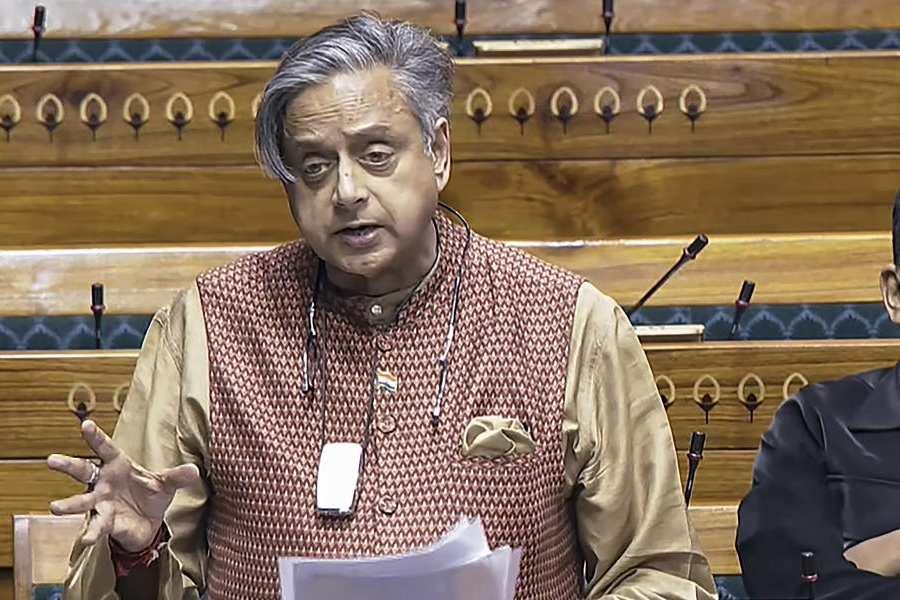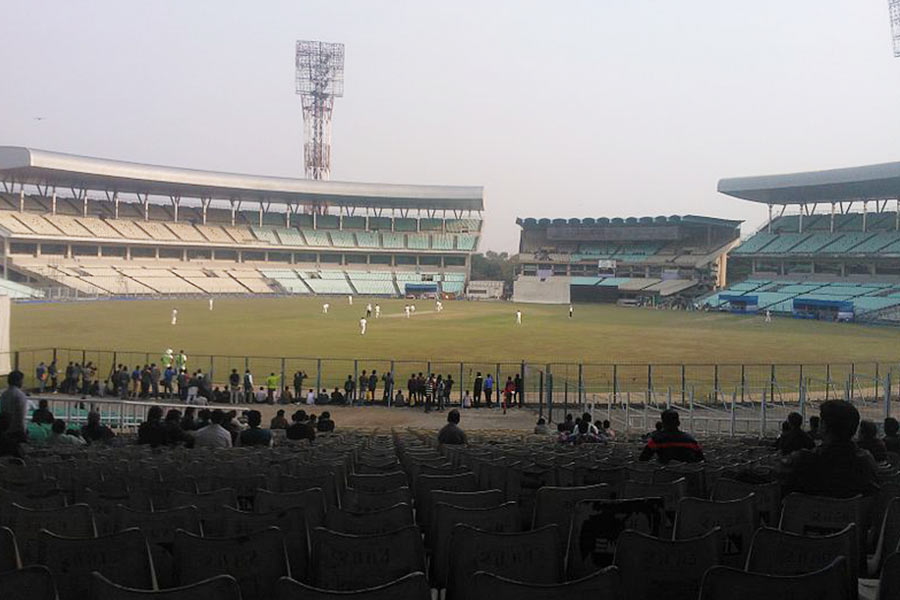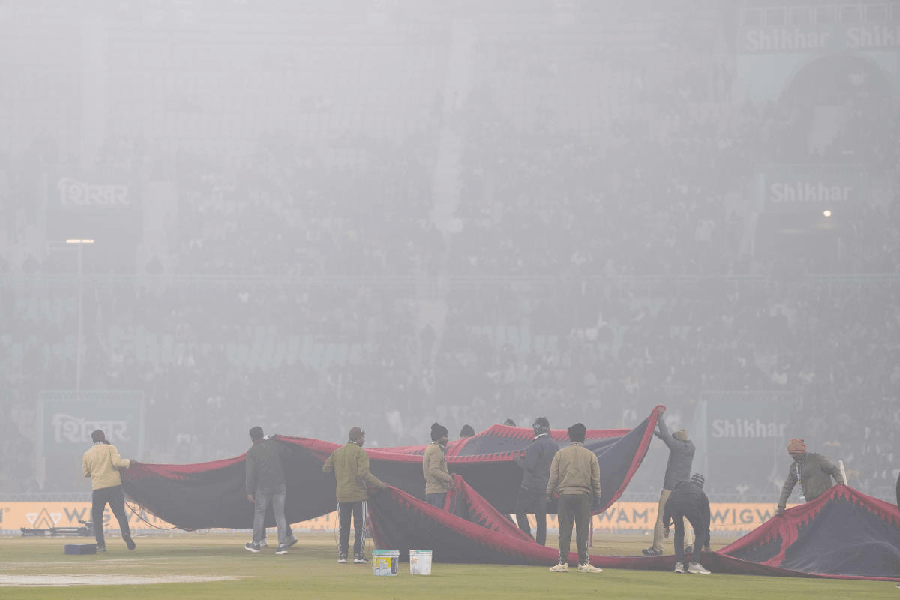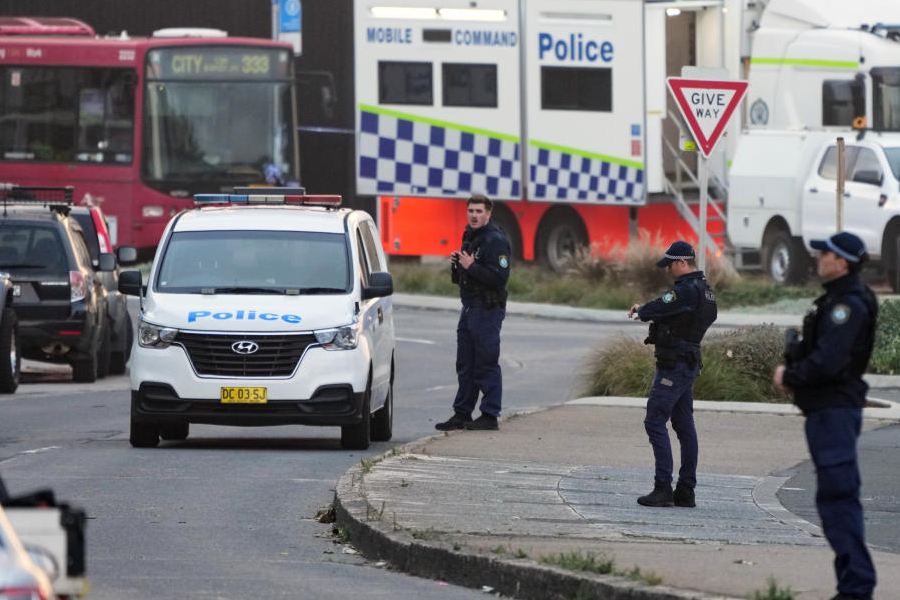 |
It was a casual conversation between two men trapped in snow. One had gone to click snow leopards and the other was accompanying him. When a blizzard made it impossible for the men to leave their camp in Kama Valley in Tibet, Wade Davis and Daniel Taylor found themselves talking about early British expeditions to the summit.
“Taylor was a veteran of some 45 expeditions to Tibet and had grown up listening to the stories of George Mallory. He started talking about Everest and Englishmen in tweed who read Shakespeare to each other in the snow,” says Wade Davis, recalling his 1997 photographic expedition. “I was completely intrigued. I knew then that I was going to write about it.”
Davis, 59, is sitting in the coffee shop of a five-star hotel in Delhi and talking about his interest in the British mountaineer. “Well, there is research and there is Xerox, and most writers of books on George Mallory had just repeated material that had appeared in other books,” he says. An anthropologist and ethnographer, Davis is the author of Into the Silence: The Great War, Mallory and the Conquest of Everest, which won UK’s top award, the Samuel Johnson Prize for non-fiction, in 2012.
George Mallory — who died in 1924 during an expedition to Everest — has been the subject of a great many books. “All the other books presented the expedition as if it existed outside the time in history. They had no mention of the Great War, for instance. Also, all these books treated the other 25 men who were part of the summit as if they were the support cast of Mallory,” says Davis. His book, published in India last year by Random House, explores attempts made by Mallory and his men to climb the world’s highest peak between 1921 and 1924 and the impact of World War I on their lives.
Dressed in cotton casuals and sipping orange juice, it’s hard to imagine Davis as an explorer. But he’s certainly quite an intrepid traveller, having crossed the DariéGap, a 160km-long undeveloped swampland and forest in Panama, on foot at the age of 20 and investigated zombies in Haiti a few decades ago. He’s also a poet, scholar, scientist and photographer. And a great raconteur.
Right now, he’s holding forth on Mallory. “In many ways Mallory was one of the least interesting of men in the expeditions,” continues Davis. “He famously hated Tibet and he was impatient with Indians. But he was a great climber and a captivating personality in certain ways,” he says. “But, my God, some of the other men were fantastic,” he adds in the same breath.
Davis’s interest in the mountaineers grew as he returned to Vancouver after his mountain trip with Taylor, and came across three volumes of expedition accounts from 1921, 1922 and 1924 in a bookstore. “They became the first acquisition of the research collection that would stretch to 600 books just for this one book,” he says.
The story doesn’t end there. “My whole idea from the start was not whether Mallory got to the top or not. I couldn’t care less. I wanted to know who these men were who had seen so much death and were taking such risks. I wrote a letter to my agent saying that I wanted to write about them,” the burly Canadian adds.
What followed was the biggest book advance in the history of mountaineering. He asks me to refrain from quoting the staggering amount — “It would seem boastful and ugly.”
In an interesting twist of tale, in 1999, just over three months after he got the book advance, Mallory’s body was found by an expedition team, 75 years after he went missing. “And within a year, 10 books on Mallory were out. So I thought what more was there to say and went to my publisher’s office in New York to return the money. But my editor, the legendary Ashbel Green, said: ‘We didn’t give you all that money for a book on Mallory but for a book on Mallory by you. So get on with it.’ I then jokingly said it would take me a decade to write the book, not knowing that it would eventually take 12 years,” he says.
Around the same time, Davis was appointed explorer-in-residence at the National Geographic Society (NGS), a position he still holds. “People dissuaded me from writing the book. But I come from a modest background and quitting isn’t an option. I have never quit anything. As a result, for the next 10 years, I never took a weekend off,” he says.
Instead, he kept working on his book. He undertook several trips to India, Nepal and Tibet and also met the surviving family members of the 26 expedition members. One of the key turning points for the book was when he found out about a Canadian, E.. Wheeler, who was part of the 1921 team. “He got no mention, whatsoever, in any of the books on the expedition.”
Lady Luck did her bit for Davis. He got to know that Wheeler’s son was staying five blocks away from Davis’s parental home in Vancouver. And as it turned out, Wheeler had kept the complete account of the expedition in two volumes which had never been seen by anyone outside the family. “I thought if the British historians hadn’t even found these journals, what else they have missed. It gave me a great deal of confidence to write my book,” he says.
Having delved into the journals, Davis went back to the mountains in 2000. “I was accompanied by one of the greatest of Himalayan climbers, Dorjee Lhatoo, former head of the Himalayan Mountaineering Institute in Darjeeling. For two months, we retraced the footsteps of the 1921 expedition.”
The writer rarely pauses between his stories. The conversation moves from Canada to Tibet to China and then to India. “I love India where you are in the middle of chaos and freedom. You see some sort of a scene from a Shakespearean drama. You need to have a great sense of humour to be in India. In fact, I was always afraid to visit India as I thought that if I came here, I would never go back.”
Davis wears many hats. He has written 15 books, including the widely-acclaimed Passage of Darkness and The Serpent and the Rainbow (also made into a movie), which narrates his Haitian adventures. He is the series creator, host and co-writer of Light at the Edge of the World, an ethnographic documentary series that was aired in over 165 countries on the National Geographic Channel. He was also one of the lead characters of the 2008 film Grand Canyon Adventure, a documentary about a 15-day rafting trip on the Colorado river aimed at highlighting water conservation issues.
His early life too is nothing short of a potboiler. His father earned a living fighting forest fires and spent half his savings on his children’s education. Davis enrolled in Harvard University after seeing an advertisement without even knowing where the university was. “I became one of the first from my part of the world to go to Harvard. From the airport I got into a bus with my big trunk as hiring a cab was never a part of our universe,” he says. But Davis was two weeks early and the university was still shut. “I had no money for lodging so I went to a church and the pastor kindly offered me a place.”
Studying anthropology too wasn’t a planned career move. “A day before the deadline to decide my course, I ran into an acquaintance who told me he was studying anthropology. I asked him, ‘What is that?’ He said they study Indians. I thought that was great and opted for anthropology,” Davis says.
For someone who earned $3 for collecting firewood at the age of 15, Davis is today an eminent professional speaker in the US and Canada. In the last 20 years, he has lectured at the American Museum of Natural History, Smithsonian Institution, Royal Geographical Society, World Bank and some 400-odd universities, including Harvard, Oxford, Yale and Stanford. “I do almost 50 lectures every year, earning around $12,000 to $15,000,” he says.
The coffee shop is now getting noisy. Our early morning meeting of 45 minutes has stretched beyond an hour. I still haven’t asked him about zombies or his three years in the Amazon collecting 6,000 botanical specimens. I haven’t even asked how he became a published photographer. Or about the dozen-odd awards he has won as explorer of the millennium, best botanist or anthropologist.
For now, I know that he is working on his second book of photographs scheduled for publication this year. He will also bring out the complete Everest diaries of Wheeler, along with commentary and rare and unseen photographs from the expedition.
When I meet him again five days after the interview — at the literary festival in Jaipur — I understand why he is such an acclaimed speaker. At his session with author Patrick French, it is Davis who does all the talking, giving the latter hardly any chance to ask questions. He isn’t short of stories on Mallory either.
“Mallory famously hated Canadians. I don’t know how you hated Canadians,” chuckles Davis. “But I didn’t hold that against him much.”
Someone asks him about his position at the NSG. What on earth is an explorer-in-residence? “I have no clue how they came up with that. An explorer can’t be in residence,” he exclaims.
Not unless of course, the residence is by the mountains and marshes, and rivers and forests. All that’s home for Davis.










